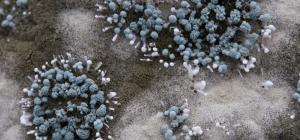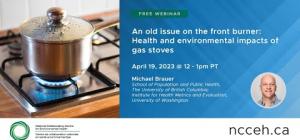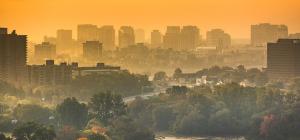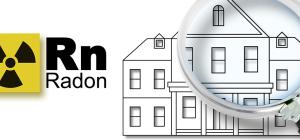Do-it-yourself (DIY) air cleaners: Evidence on effectiveness and considerations for safe operation
Angela Joy Eykelbosh, PhD
Portable air cleaners have the potential to reduce exposure to hazardous indoor particulate matter, such as smoke, dust, mould, pollen and pathogens. Although a good portable air cleaner typically costs less than $500, this cost may be prohibitive in some contexts, particularly if multiple air cleaners are needed to treat large rooms like classrooms. For this reason, public health agencies and others have been promoting the use of “do-it-yourself” (DIY) air cleaners constructed out of low-cost materials as an inexpensive and rapid means to address indoor particulate matter, particularly in emergency situations like a wildfire.
This webinar will highlight the findings of our upcoming NCCEH review on DIY air cleaner effectiveness compared to commercial units. The document also compares the various DIY air cleaner designs regarding cost effectiveness, energy efficiency, and noise generation, and reviews research on deploying these devices in the real world. The document identifies resources to assist in building DIY air cleaners and describes other considerations that might be relevant to deploying these devices in non-residential settings.
Dr. Angela Joy Eykelbosh (she/her) is an environmental health and knowledge translation scientist at the National Collaborating Centre for Environmental Health, funded by the Public Health Agency of Canada. Dr. Eykelbosh uses her interdisciplinary background to synthesize complex information necessary to inform public health policy and practice. During the COVID-19 pandemic, Dr. Eykelbosh has focused primarily on SARS-CoV-2 transmission, indoor air quality, and the various means to mitigate transmission risk, as well as adapting emergency response practices to pandemic conditions.








